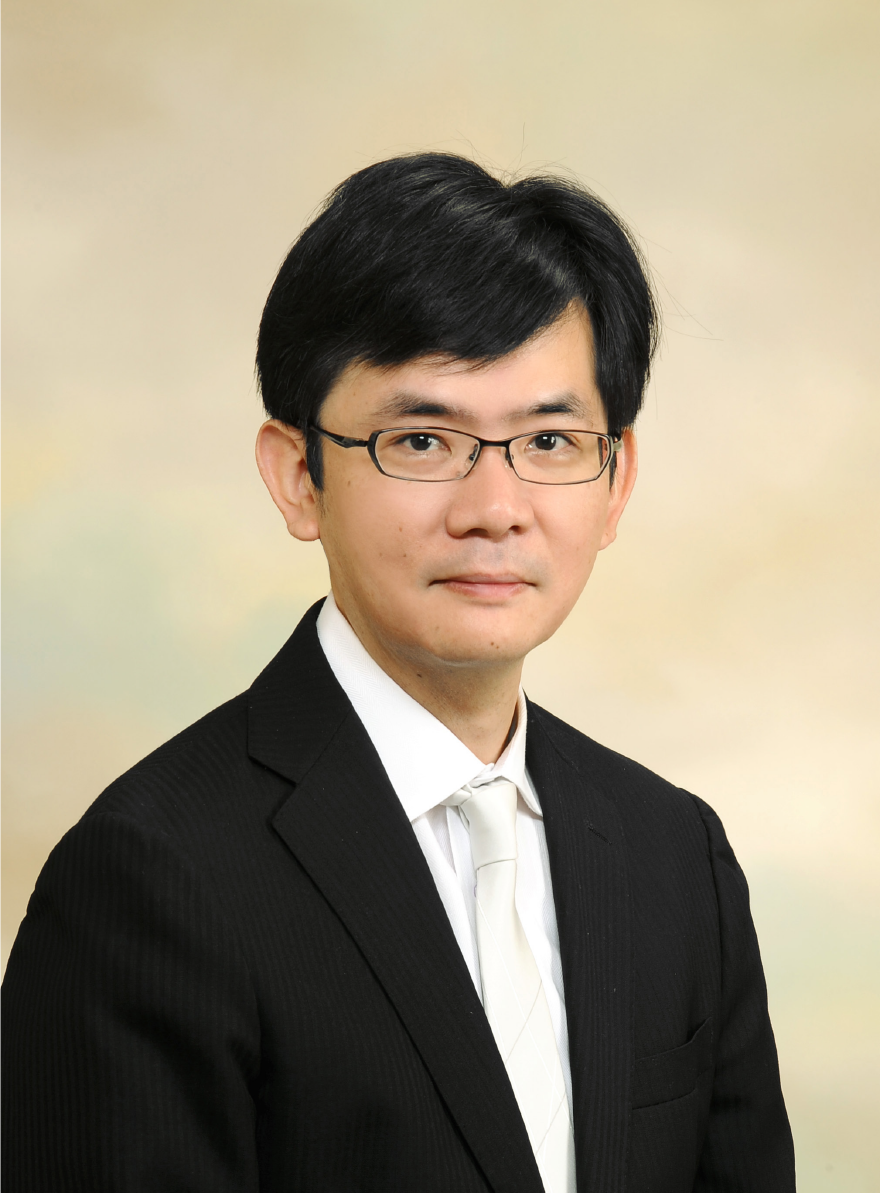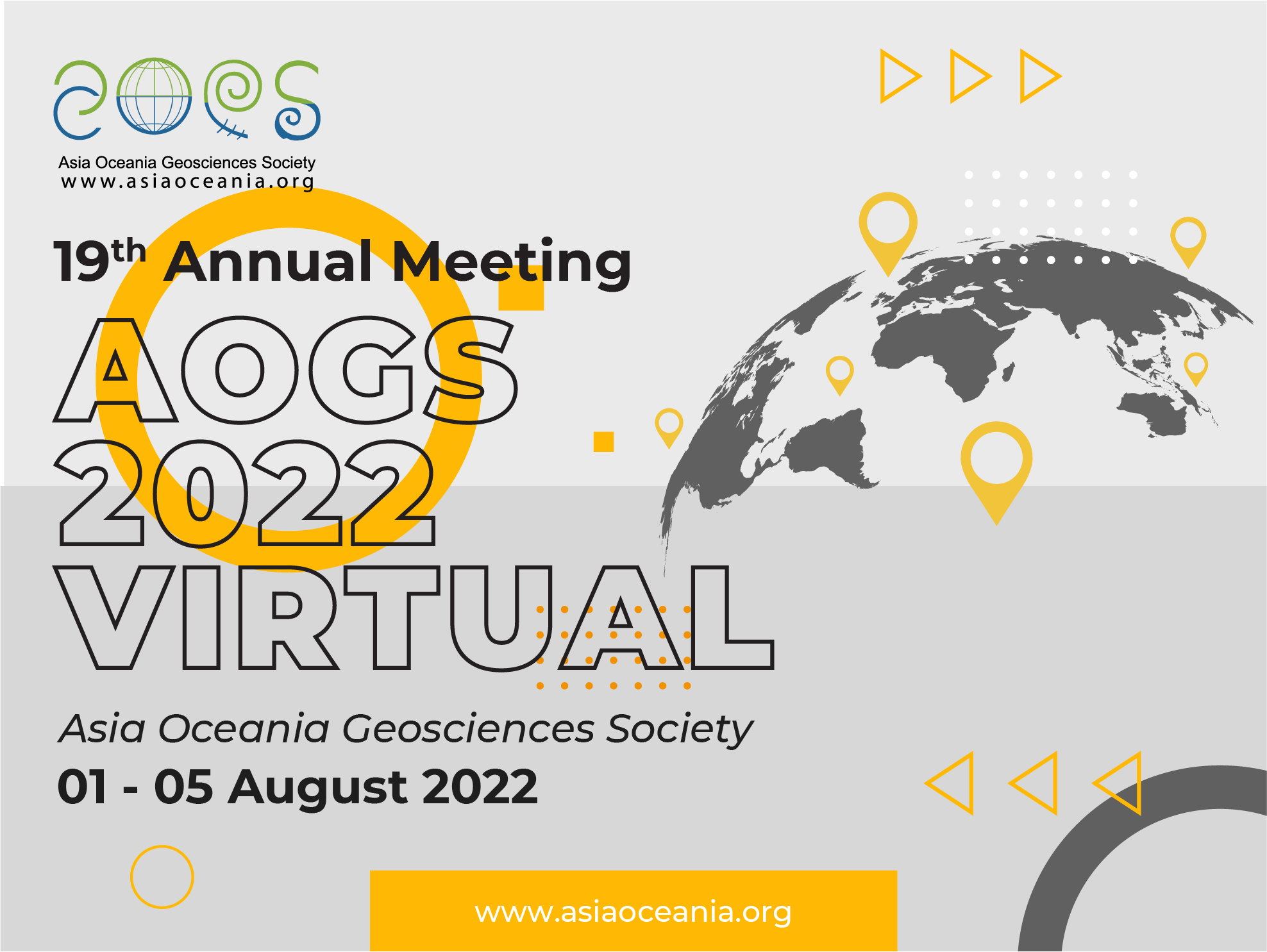
Yusuke EBIHARA
Program uses Singapore Time and is 8 hours ahead of GMT
ST Distinguished Lecture/Live Q&A Tue-02 Aug 08:45 – 09:30
Magnetosphere-Ionosphere Coupling and Consequent Disturbances: A Tribute to Dr. Yohsuke Kamide
A substorm is one of the most significant disturbances taking place in the magnetosphere-ionosphere system. The visible manifestation of the substorm is an abrupt expansion of magnificent aurora toward north, west and east. The aurora is an ensemble of photons emitted from excited atoms and molecules, but the underlying mechanism leading to the auroral substorm is a long-lasting question. Applying the current conservation law, Dr. Yohsuke Kamide developed an innovative technique to computationally obtain snapshots of key parameters, such as electric potential, electric conductivity, and field-aligned currents (FACs), on the basis of ground-based records. This is a promising way to resolve the long-lasting question because downgoing electrons causing bright aurora should be accompanied with upward field-aligned currents (FACs). The technique is widely used in the community, including Thermosphere-Ionosphere-Electrodynamics General Circulation Model (TIE-GCM) of National Center for Atmospheric Research. Dr. Kamide succeeded to enlarge our vision of the electrodynamics of the auroral substorm by integrating pieces of a puzzle, and made a big advance for the auroral substorm research.
It is clearly shown that the FACs are abruptly enhanced during the substorms. One of the remaining problems concerning the auroral substorm is the development of the FACs. This problem is difficult to be settled because of the following reasons. First, the system is essentially nonlinear. The ionospheric electric field is determined when the FACs and the ionospheric conductivity are given. When the ionospheric conductivity is increased by precipitating electrons, the ionospheric electric field and the ionospheric current will be changed. The FACs should be regulated to conserve the current continuity. Secondly, the magnetosphere is too huge to be covered by observations. One side of the FAC is obviously connected to the ionospheric current, known as the Pedersen and the Hall currents. However, little is known about the other side of the FAC. The magnetospheric current flows in 3-dimensional space, and currently, we have no observational means to extract the 3-dimensional distribution of the magnetospheric current. Recently, a global magnetohydrodynamics (MHD) simulation becomes possible to reproduce major features of the auroral substorm, including a formation of a quiet arc, followed by an auroral bulge, and a westward traveling surge. With the global MHD simulation, the entire picture of the auroral substorm becomes clearer. This lecture overviews the contribution from Dr. Kamide on the substorm research, and the current understandings of the magnetosphere-ionosphere coupling on the basis of satellite-borne and ground-based observations and numerical simulation. Agreement and disagreement between the observation and the numerical simulation will also be mentioned for illuminating a new trail toward a full understanding of the auroral substorm.
Dr. Yusuke Ebihara is Associate Professor of Research Institute for Sustainable Humanosphere at Kyoto University. He has made significant contribution to the understanding of magnetic storms and substorms. He and his collaborators demonstrated active roles of the storm-time ring current and the coupling processes among the ring current, the radiation belt, the plasmasphere, and the ionosphere by comparing simulation results with observations made by SuperDARN radars, IMAGE, Polar, DMSP and NOAA/POES satellites. Regarding the substorms, they made a breakthrough in explaining seamlessly the development process of auroral substorms as a whole system from the quiet time to the expansion phase. The magnetosphere-ionosphere coupling is shown to play a central role in the chain reaction that initiates and drives the auroral substorms. With these achievements, he received Tanakadate Award of Society of Geomagnetism and Earth, Planetary and Space Sciences (SGEPSS) in 2012, and Nishida Prize of Japan Geoscience Union (JpGU) in 2017. He served as an Associate Editor of Journal of Geophysical Research - Space Physics.

Yusuke EBIHARA
Research Institute for Sustainable Humanosphere,
Kyoto University
